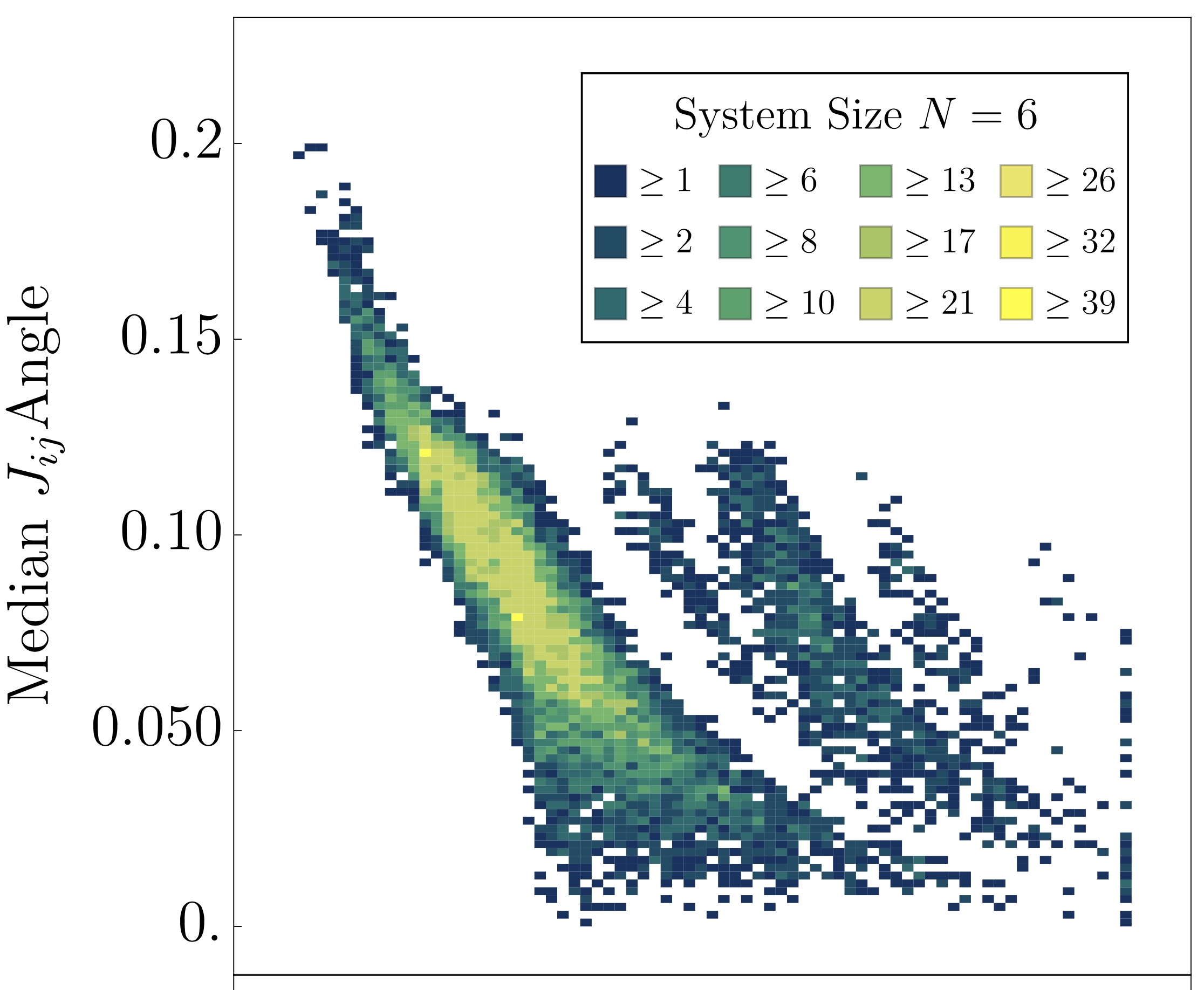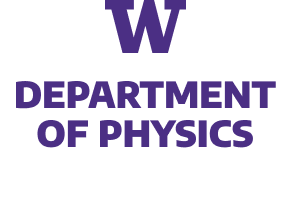Time scales associated with many-body fast neutrino flavor conversions in core-collapse supernova are explored in the context of an effective two-flavor “light-bulb” model. We present a preliminary study of time scales obtained from linear stability analyses and from distributions of Loschmidt echo crossing times (intimately connected to dynamical phase transitions) determined by time evolution with the exact many-body Hamiltonian. Starting from a tensor-product initial state describing systems of N neutrinos, with N/2 electron-type and N/2 heavy-type, with uniform distributions of axially-symmetric directions, the Loschmidt echo crossing times are found to exhibit two distinct time scales that are exponentially separated. The second peak structure at longer times, effectively absent for N=4, develops with increasing N. When re-scaled in terms of log t, the distributions are found to become increasingly well described by the sum of two stable distributions. The distribution of Loschmidt echo crossing times differs somewhat from the results of the linear stability analysis, which exhibits a peak at finite frequency and a second peak at zero frequency. The exact analysis suggests that the zero-frequency instability manifests itself as a modest flavor-conversion time scale.
This work was supported in part by U.S. Department of Energy, Office of Science, Office of Nuclear Physics, InQubator for Quantum Simulation (IQuS) under Award Number DOE (NP) Award DE-SC0020970 via the program on Quantum Horizons: QIS Research and Innovation for Nuclear Science. This work is also supported, in part, through the Department of Physics and the College of Arts and Sciences at the University of Washington.



